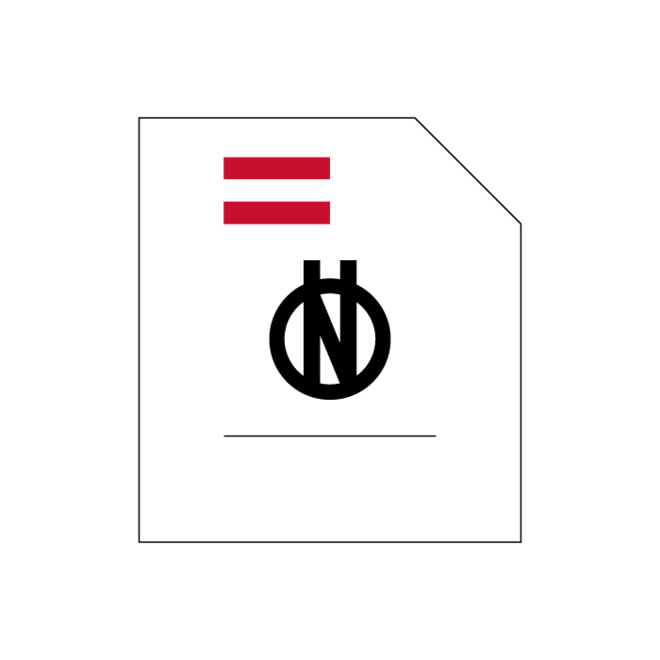Please select and order
€109.76
excl. VAT plus shipping costs
CONFIGURE NOW


Norm
ÖNORM EN ISO 18415
Issue date: 2017 10 15
Cosmetics - Microbiology - Detection of specified and non-specified microorganisms (ISO 18415:2017)
This document gives general guidelines for the detection and identification of specified microorganisms in cosmetic products as well as for the detection and identificati...
Read more
Withdrawn
: 2023 03 15
Publisher:
Austrian Standards International
Format:
Digital | 26 Pages
Language:
German
| English
| Download GER/ENG
Currently valid:
Optionally co-design standards:
ICS
This document gives general guidelines for the detection and identification of specified microorganisms in cosmetic products as well as for the detection and identification of other kinds of aerobic mesophilic non-specified microorganisms in cosmetic products.
Microorganisms considered as specified in this document might differ from country to country according to national practices or regulations. Most of them considered as specified microorganisms include one or more of the following species: Pseudomonas aeruginosa, Escherichia coli, Staphylococcus aureus and Candida albicans.
In order to ensure product quality and safety for consumers, it is advisable to perform an appropriate microbiological risk analysis to determine the types of cosmetic products to which this document is applicable. Products considered to present a low microbiological risk (see ISO 29621) include those with low water activity, hydro-alcoholic products, extreme pH values, etc.
The method described in this document is based on the detection of microbial growth in a non-selective liquid medium (enrichment broth) suitable to detect microbial contamination, followed by isolation of microorganisms on non-selective agar media. Other methods can be appropriate depending on the level of detection required.
In this document specific indications are given for identification of Pseudomonas aeruginosa, Escherichia coli, Staphylococcus aureus and Candida albicans. Other microorganisms that grow under the conditions described in this document may be identified by using suitable tests according to a general scheme (see Annex A). Other standards (e.g. ISO 18416, ISO 21150, ISO 22717, ISO 22718) may be appropriate.
Because of the large variety of cosmetic products within this field of application, this method might not be suited in every detail to some products (e.g. certain water-immiscible products). Other methods (e.g. automated) can be substituted for the tests presented here provided that their equivalence has been demonstrated or the method has been otherwise shown to be suitable.
ÖNORM EN ISO 18415
2023 03 15
Cosmetics - Microbiology - Detection of specified and non-specified microorganisms (ISO 18415:2017 +...
Norm
ÖNORM EN ISO 18415
2017 10 15
Cosmetics - Microbiology - Detection of specified and non-specified microorganisms (ISO 18415:2017)
Norm
↖
ÖNORM EN ISO 18415
2011 07 15
Cosmetics - Microbiology - Detection of specified and non-specified microorganisms (ISO 18415:2007, ...
Norm
Norm
ISO 21148:2017
Issue date :
2017 05 29
Cosmetics — Microbiology — General instructions for microbiological examination
Norm
ÖNORM EN ISO 18415
Issue date :
2023 03 15
Cosmetics - Microbiology - Detection of specified and non-specified microorganisms (ISO 18415:2017 + Amd 1:2022) (condolidated version)
Norm
ISO 18415:2017
Issue date :
2017 05 29
Cosmetics — Microbiology — Detection of specified and non-specified microorganisms
